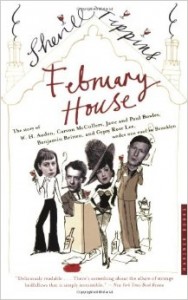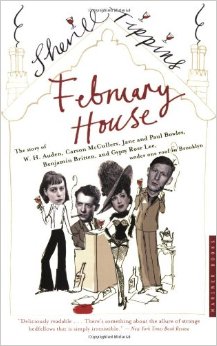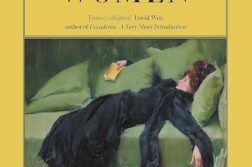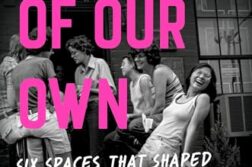Published in: July-August 2005 issue.
 February House
February House
by Sherill Tippins
Houghton Mifflin. 317 pages, $24.
THE SUBTITLE of this wonderful new glimpse into the lives of gay, lesbian, and bisexual writers and their friends is an accurate description of its contents. Tippins, an associate producer at PBS, has done a remarkable job with her research, consulting a trove of archival information to pull together this compulsively readable work. The residence referred to in the main title, located at 7 Middagh Street in Brooklyn (torn down in 1945 to give way to the Brooklyn-Queens Expressway), was so named by Anaïs Nin to commemorate the number of residents whose birthdays fell in February.







